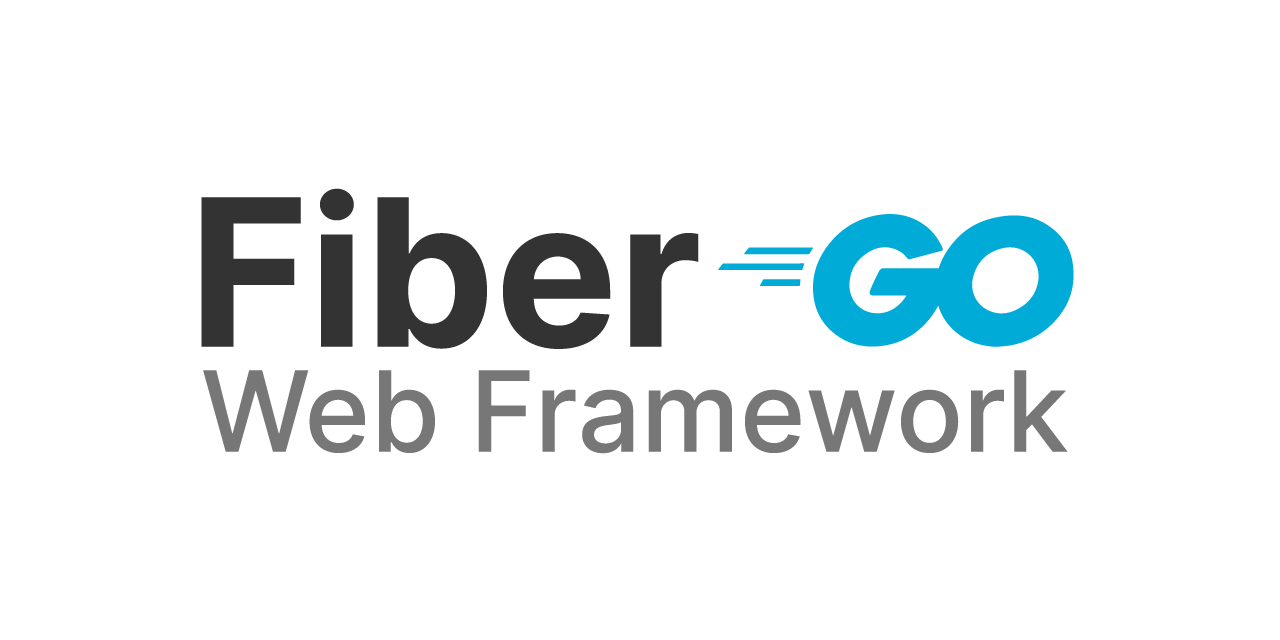Reverse Proxying Framer through Fiber (GO)
Posted on April 6, 2023 • 3 minutes • 495 words
Table of contents
Reverse Proxying Framer with Fiber (Go)
Framer is a powerful design and prototyping tool that allows you to create interactive and dynamic user interfaces. However, when it comes to deploying your Framer-based application, you may want to consider using a reverse proxy to serve your Framer site within a single request-response cycle. This can be achieved by leveraging the Fiber Go framework, a fast and efficient web framework for building modern web applications.
Setting up the Fiber Reverse Proxy
-
Install Fiber: Start by installing the Fiber Go framework. You can do this by running the following command in your terminal:
go get -u github.com/gofiber/fiber/v2 -
Create a new Fiber application: In your Go project, create a new file (e.g.,
main.go) and initialize a new Fiber application:package main import ( "github.com/gofiber/fiber/v2" ) func main() { app := fiber.New() // Add your Framer reverse proxy logic here app.Listen(":3000") } -
Implement the Framer Reverse Proxy: To reverse proxy your Framer application, you’ll need to create a middleware function that will handle the request and response. Here’s an example:
package main import ( "fmt" "io/ioutil" "net/http" "github.com/gofiber/fiber/v2" ) func main() { app := fiber.New() app.Use("/", func(c *fiber.Ctx) error { // Fetch the Framer site resp, err := http.Get("https://your-framer-site.com") if err != nil { return c.Status(http.StatusInternalServerError).SendString(err.Error()) } defer resp.Body.Close() // Read the response body body, err := ioutil.ReadAll(resp.Body) if err != nil { return c.Status(http.StatusInternalServerError).SendString(err.Error()) } // Set the appropriate headers c.Set("Content-Type", resp.Header.Get("Content-Type")) // Send the response back to the client return c.Send(body) }) app.Listen(":3000") }In this example, the middleware function fetches the Framer site, reads the response body, and then sends the response back to the client with the appropriate headers.
-
Run the Fiber application: Start your Fiber application by running the following command in your terminal:
go run main.goYour Framer application will now be available at
http://localhost:3000.
Benefits of Reverse Proxying Framer with Fiber
-
Single Request-Response Cycle: By reverse proxying your Framer application through Fiber, you can serve the entire Framer site within a single request-response cycle, improving the user experience and reducing latency.
-
Unified Backend: Integrating your Framer application with a backend framework like Fiber allows you to create a more cohesive and unified web application, where the design and functionality are seamlessly combined.
-
Flexibility: Fiber’s middleware system provides a flexible and extensible way to handle the reverse proxy logic, allowing you to customize the behavior as needed.
-
Performance: Fiber is a fast and efficient Go web framework, which can help improve the overall performance of your reverse-proxied Framer application.
Enhancing Reverse Proxying with Caching
In addition to seamlessly integrating content from any source into your web application, it’s crucial to optimize the performance of your reverse proxy setup. One effective way to do this is by implementing caching. This ensures that once a design or content is loaded, subsequent requests for the same content are served from the cache, reducing the load on the original servers and improving the response time for your users.

